Discover the Traditional Viennese Coffee Culture: Tradition in Every Sip
All About Viennese Coffee Culture: Tradition in Every Sip
When it comes to coffee, few cities in the world can rival Vienna. The Austrian capital is known for its rich coffee culture, which dates back centuries and has become an integral part of Viennese cuisine and lifestyle. From the enchanting coffeehouses that line the city’s streets to the unique brewing methods and exquisite coffee blends, Vienna offers a coffee experience like no other. In this article, we will dive deep into the world of Viennese coffee culture, exploring its origins, traditions, and the iconic coffeehouses that have made Vienna famous.
The Origins of Viennese Coffee Culture
Viennese coffee culture has its roots in the 17th century when coffee was first introduced to the city. The story goes that the Ottoman Turks, who were invading Vienna at the time, left behind bags of coffee beans after they were defeated in the Battle of Vienna. It didn’t take long for the Viennese to discover the aromatic and flavorful beverage. The first coffeehouses were established in the late 17th century, and they quickly became popular social gathering places for intellectuals, artists, and writers.
One of the oldest coffeehouses in Vienna, Café Frauenhuber, opened its doors in 1773 and still attracts patrons today. The coffeehouse culture grew rapidly during the 19th century, with dozens of Viennese coffeehouses springing up all over the city. These coffeehouses became the meeting places for intellectuals, where ideas were exchanged, and debates were held.
The Role of Coffeehouses in Viennese Culture
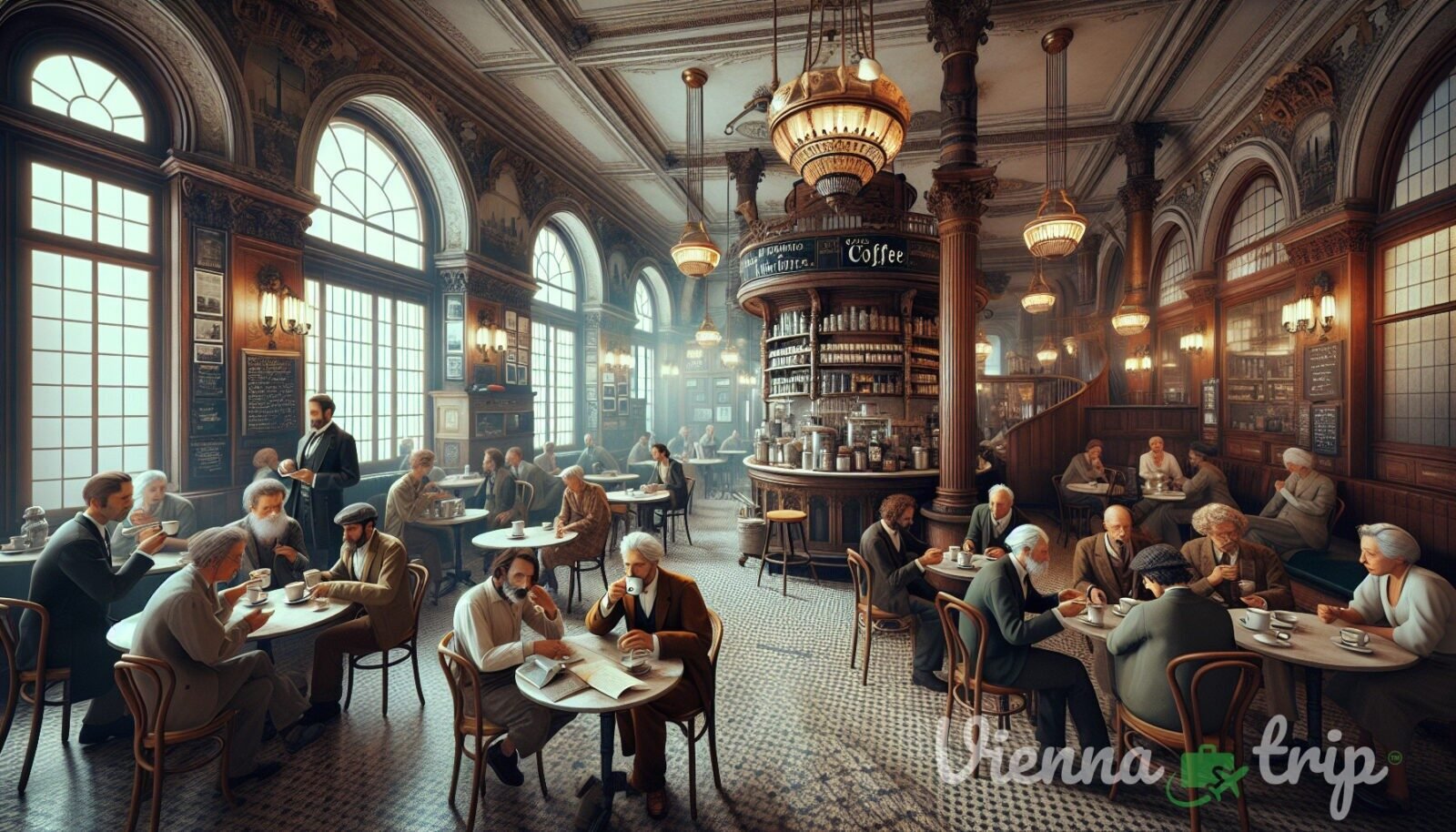
Vienna’s coffeehouses have played a crucial role in shaping the city’s cultural identity. They have been the birthplace of countless artistic and intellectual movements and have fostered a sense of community among the Viennese people. Traditionally, coffeehouses have been meeting places for writers, musicians, and any creative minds seeking inspiration and camaraderie. Some of the world’s most influential artists, including Sigmund Freud, Gustav Mahler, and Arthur Schnitzler, spent hours in Viennese coffeehouses, discussing their work and engaging in lively conversations.
Not only were these coffeehouses a hub for intellectuals, but they also served as venues for political discussions and debates. During times of political upheaval, coffeehouses became gathering places for dissidents and activists to share their ideas and plan their next moves.
The Art of Viennese Coffee Making
Viennese coffee is known for its unique brewing methods and the use of specific blends. The most iconic Viennese coffee is the Wiener Melange, which is similar to a cappuccino but with a Viennese twist. It consists of a shot of espresso mixed with hot foamed milk, topped with a dollop of whipped cream. The Wiener Melange is usually served in a glass or a porcelain cup, accompanied by a glass of water and a small chocolate on the side. The combination of flavors and textures creates a delightful drinking experience, capturing the essence of Viennese coffee culture.
Another popular Viennese coffee is the Einspänner, which is a strong black coffee served in a small glass topped with a generous serving of whipped cream. This classic Viennese coffee is named after the one-horse carriage (“Einspänner” in German) commonly used in Vienna during the 19th century.
Viennese coffee making is not just about the brewing methods, but also about the presentation. The waiters in traditional Viennese coffeehouses are known for their exceptional skills and attention to detail. They can create intricate patterns in the foam of a cappuccino or perfectly balance a dollop of whipped cream on top of a coffee. The coffeehouses themselves are often beautifully decorated, with elegant chandeliers, comfortable seating, and a welcoming atmosphere. All these elements contribute to the unique charm of Viennese coffee culture.
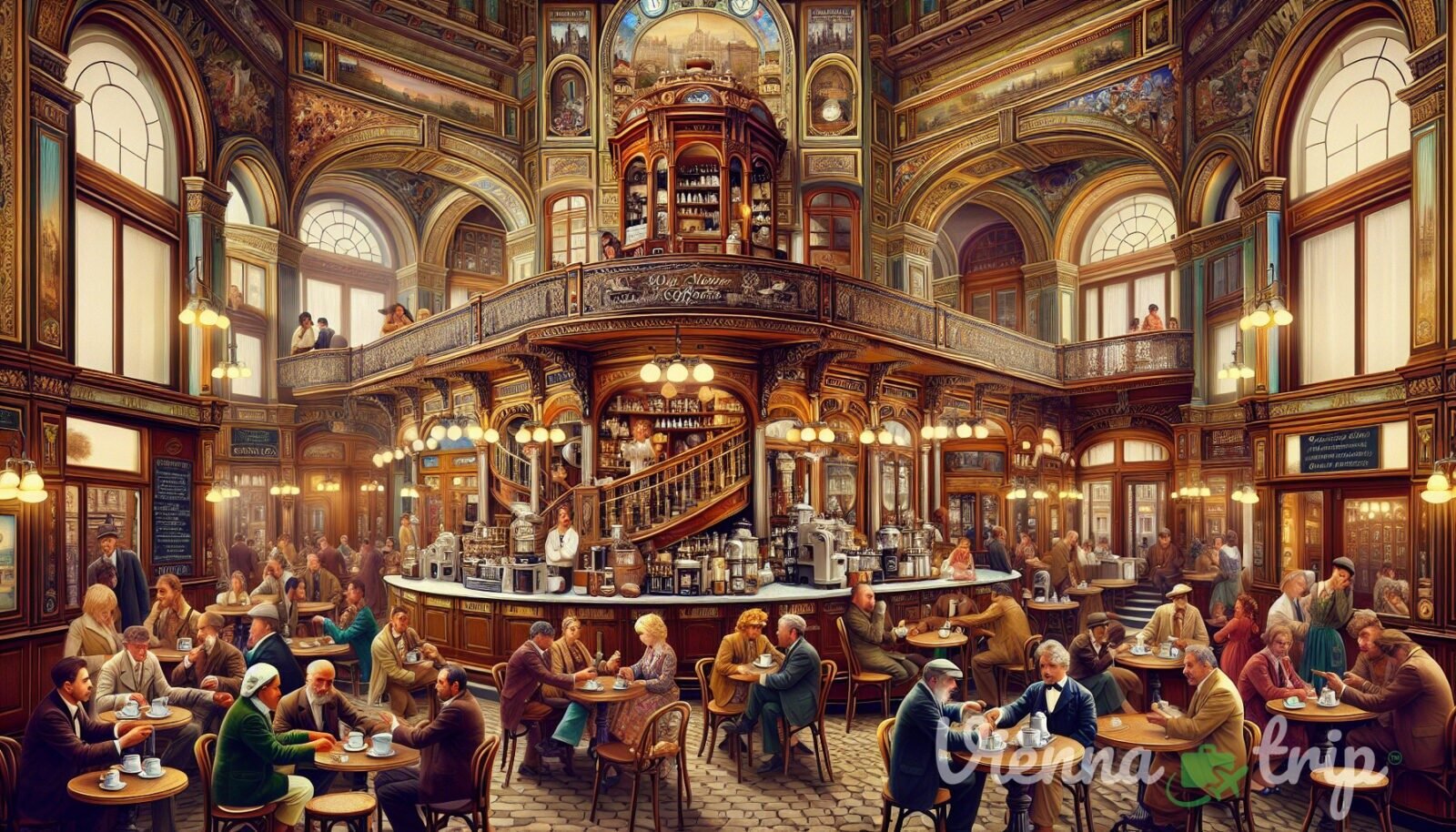
The Famous Coffeehouses of Vienna
Vienna is home to numerous legendary coffeehouses, each with its own distinctive atmosphere and history. These coffeehouses have become an essential part of Viennese culture and continue to attract locals and tourists alike. Here are a few of the most famous coffeehouses in Vienna:
- Café Central: Located in the heart of Vienna, Café Central is one of the most iconic coffeehouses in the city. It first opened its doors in 1876 and quickly became a meeting place for prominent intellectuals, including Sigmund Freud and Leon Trotsky. The stunning interior, with its high ceilings, marble tables, and grand chandeliers, makes it a must-visit for coffee lovers.
- Café Hawelka: Established in 1939, Café Hawelka is a true Viennese institution. It is famous for its Bohemian atmosphere and its homemade pastries, particularly the Buchteln, a sweet roll filled with jam and dusted with powdered sugar. The café has retained its rustic charm and is a favorite among artists and creative types.
- Café Sacher: Known for its world-famous Sacher Torte, Café Sacher is a Viennese landmark. The café, located inside the Hotel Sacher, has been serving its signature chocolate cake since 1832. The elegant interior and the rich history make it a must-visit for those looking to indulge in Viennese coffee culture.
Viennese Coffeehouses as UNESCO Intangible Cultural Heritage
In 2011, Viennese coffeehouse culture was recognized as an intangible cultural heritage by UNESCO. This prestigious designation highlights the significance of Viennese coffee culture and its role in shaping the city’s identity. The UNESCO recognition emphasizes the social significance of the coffeehouses, where people from all walks of life can come together and enjoy a cup of coffee in a relaxed and welcoming atmosphere.
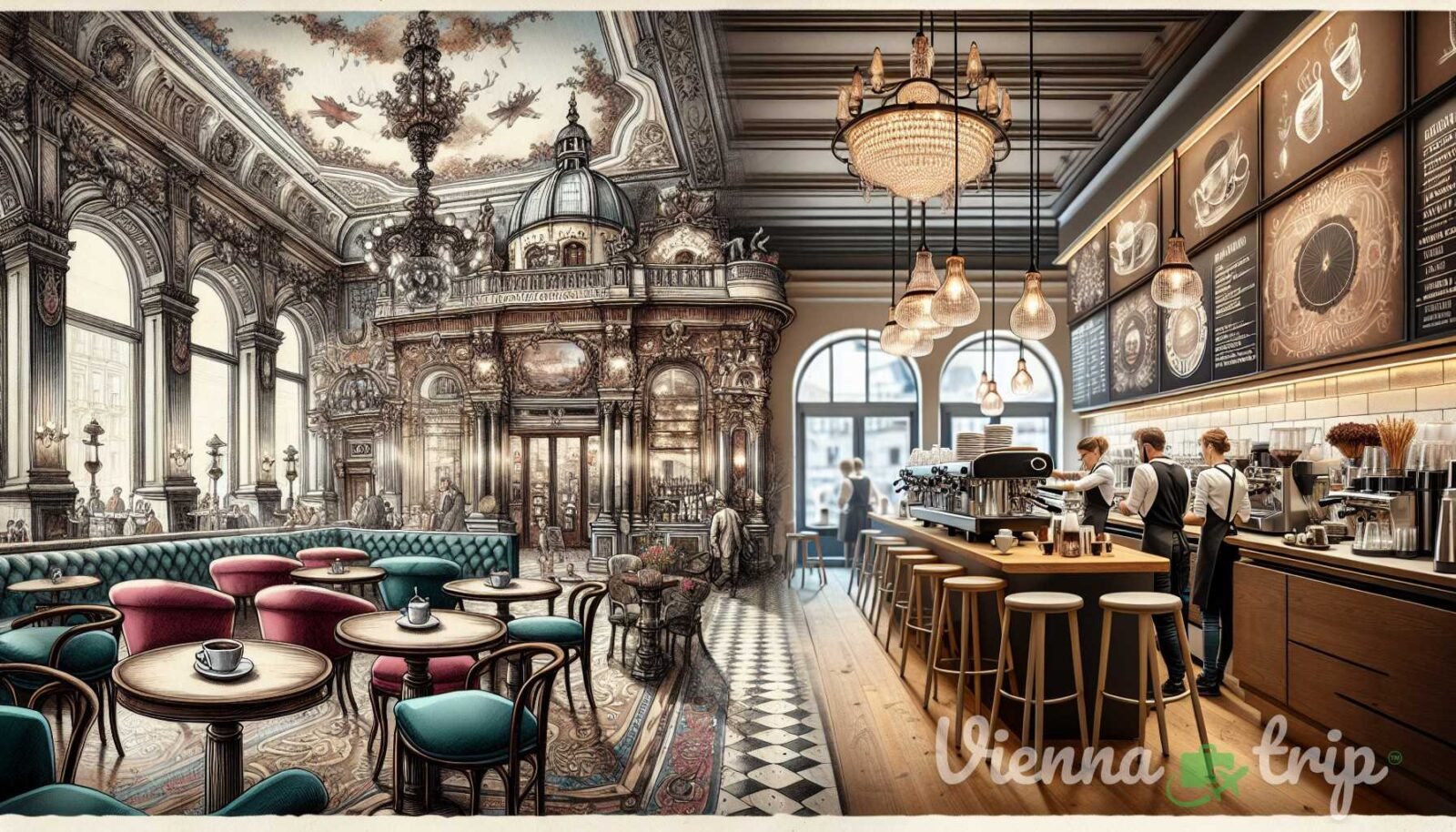
The Evolving Viennese Coffee Scene
While the traditional Viennese coffeehouses continue to thrive, the city’s coffee scene has also evolved in recent years. Alongside the classic coffeehouses, Vienna now boasts a burgeoning specialty coffee scene, with a new generation of coffee aficionados and baristas. These specialty coffee shops offer a different coffee experience, focusing on single-origin beans, alternative brewing methods, and innovative flavors.
Viennese coffee culture is now a blend of tradition and innovation, combining the charm of the old coffeehouses with the creativity of the new wave of coffee shops. Visitors to Vienna can enjoy both the classic Viennese coffee experience in historic coffeehouses and the modern, cutting-edge coffee scene in trendy specialty coffee shops.
Conclusion
Viennese coffee culture is a vibrant, centuries-old tradition that continues to captivate locals and visitors alike. The city’s coffeehouses have become an integral part of Viennese culture, serving as meeting places for intellectuals, artists, and coffee enthusiasts. The unique brewing methods, exquisite coffee blends, and elegant presentation make Viennese coffee a true delight for the senses. Whether you’re sipping a Wiener Melange in a traditional coffeehouse or trying a specialty coffee in a trendy café, experiencing Viennese coffee culture is an essential part of any visit to Vienna.
So, why not immerse yourself in the rich history and flavors of Viennese coffee culture? Head to one of Vienna’s iconic coffeehouses and indulge in a tradition that has stood the test of time.
For more information about Viennese coffee culture, you can visit Wikipedia.
![Prater Park: Hidden Gems [prater park]](https://vienna-trip.fun/wp-content/uploads/2024/03/the_prater_park_discover_the_hidden_gems_beyond_amusement_rides_the-prater-park-discover-the-hidden-gems-beyond-amusement-rides-150x150.jpg)


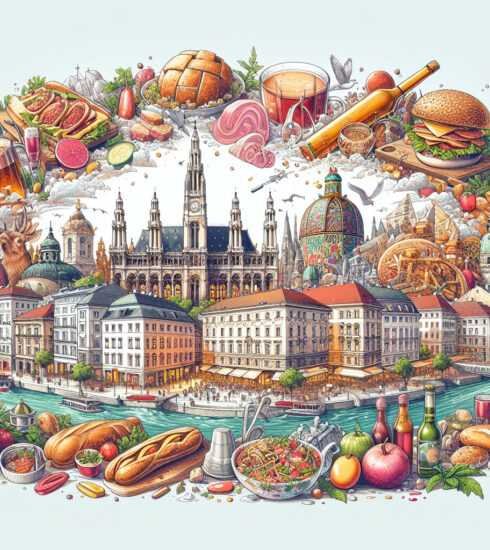
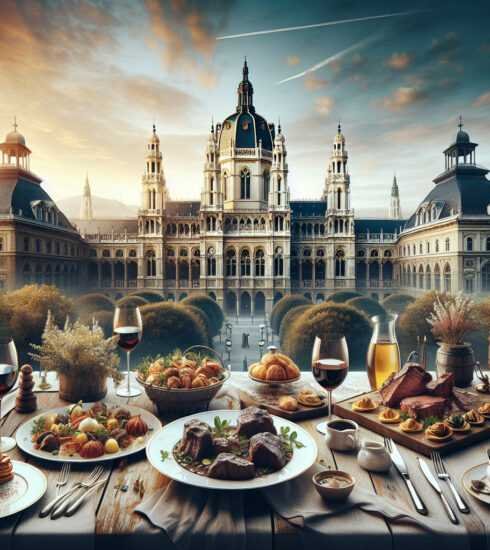
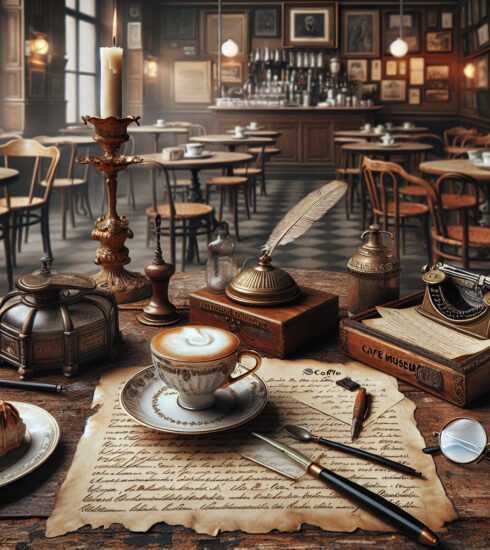
Unveiling Viennese Delicacies: Exploring the Culinary Treasures of Vienna - A Mouthwatering Article | Vienna : Elegant, Informative, Timeless
3 months ago[…] specialties and delectable pastries. To learn more about Viennese coffee culture, check out this article on Viennese coffee available on […]